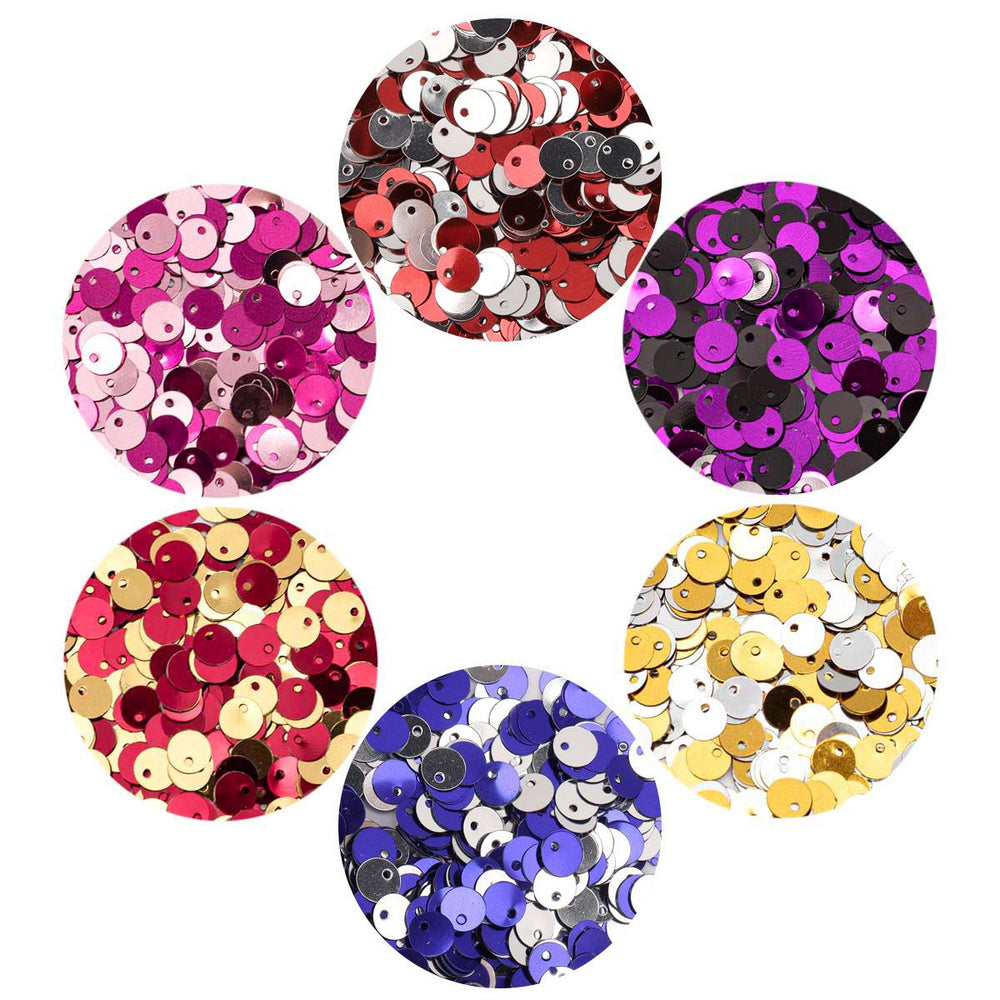The History of Creating with Sequins in Art and Crafts

Sequins are small decorative elements whose history spans millennia, playing significant cultural and social roles across civilizations. Originally made from precious metals and stones, sequins served not only as adornment but also as symbols of status and prosperity. In every era they adapted to changing fashions and technologies while retaining their place in artistic and craft traditions. The display of status and luxury through sequins can be traced from ancient civilizations to today’s runways, underscoring their ongoing influence on fashion and art.
Origins of Sequins
Ancient Egypt is often cited as the birthplace of sequins, where they were fashioned from pure gold and used to decorate the garments of pharaohs and the high clergy. These early forms symbolized the divine origin of their wearers and were intended for rituals and major ceremonies. Similar uses appeared in other ancient cultures, including the Roman Empire and early Chinese dynasties, where sequins highlighted social rank. In India, sequins were not only decorative but also symbols of prosperity, as seen on traditional saris and other attire. As trade routes expanded, knowledge of sequins and the techniques for making them spread around the world.
Sequins in the Middle Ages
In medieval Europe, sequins took on new forms and became more accessible through the use of different metals and, later, glass. Craftspeople learned to create sequins in a variety of sizes and shapes, enabling wider use on clothing and accessories. During this period, sequins symbolized not only wealth but also religious devotion, frequently adorning the garments of clergy and nobility at important church and civic events. The attention to detail and ornament in medieval dress reflected a deepening understanding of clothing as a means of self-expression—sequins helped create distinctive looks that emphasized status and refined taste.
The Renaissance and Sequins
The Renaissance brought a surge of interest in art, beauty, and innovation, which directly influenced the use of sequins. Artists and designers experimented with them, creating intricate patterns and incorporating them into portraits and clothing to add visual depth and luxury. Sequins became more than ornament: they demonstrated technical skill and artistic judgment. They were used to craft images that reflected social standing, intellectual aspirations, and aesthetic preferences, giving details like sequins rich symbolic and cultural meaning.
Sequins in the Modern Era
With the Industrial Revolution, sequin production moved to mass manufacturing, dramatically changing their availability and use. New materials—such as plastics—and new production methods made it possible to create sequins in many colors and shapes at far lower cost. In the 20th century they spread widely through fashion, film, and theater, where they were used to create striking, memorable looks. Sequins became symbols of glamour and celebration, often associated with evening wear, stage costumes, and fashion accessories. Their importance in pop culture continues to grow, making them an integral part of visual expression.
Contemporary Uses of Sequins
Today, sequins remain popular across fields from fashion to decorative art. Their applications now include home interiors, accessories, and even automobiles. New technologies and materials have made sequins more durable and environmentally safer—an advantage in an era of rising eco-awareness.
Sequins are used in many areas:
- Fashion: evening dresses, everyday clothing, bridal wear
- Accessories: bags, shoes, jewelry
- Interiors: decorative pillows, curtains, upholstery
- Festivals & events: party décor, carnival costumes
- Art & crafts: collages, sculptures, art installations, photo-based art kits
Thanks to their versatility and ability to transform the simple into the exquisite, sequins continue to inspire creators worldwide.
Sequins demonstrate a remarkable capacity to adapt and remain relevant across centuries. They continue to be a key element in fashion and culture, symbolizing beauty, innovation, and creativity. The history of sequins is a history of human ingenuity and the pursuit of beauty—making them not just decorative elements but a meaningful cultural phenomenon.